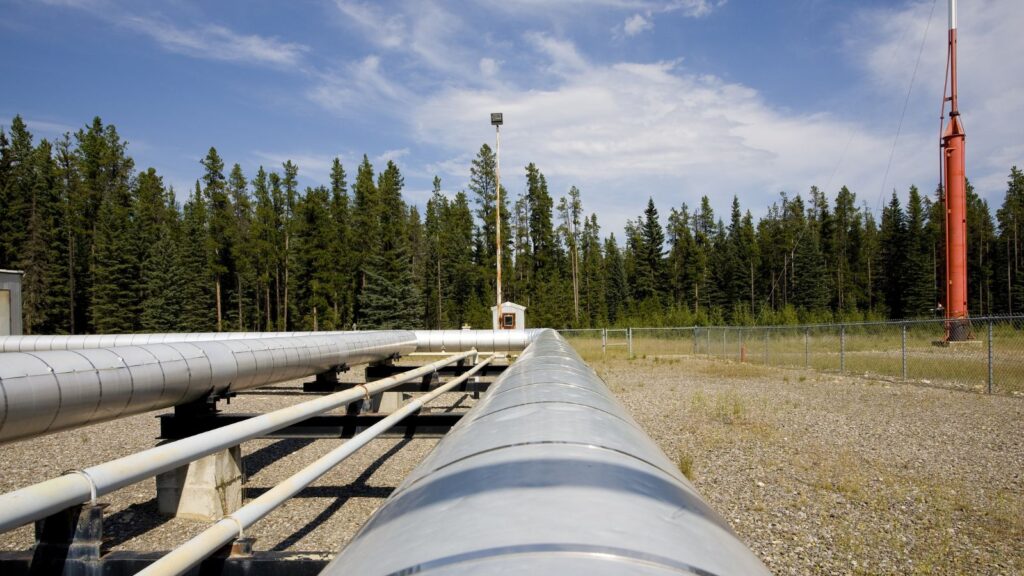Statement by Julia Levin, Associate Director, National Climate
Ottawa | Traditional, unceded territory of the Algonquin Anishinaabeg People –Today, Minister Wilkinson announced a new $300 million handout for the Canada-Germany Hydrogen Alliance. This is a terrible use of taxpayer money for an energy-intensive, inefficient, and expensive hydrogen scheme.
The new funding announcement aims to build markets in Germany for proposed hydrogen exports from Canada. Let’s be clear about what is involved in shipping hydrogen overseas.
Producing hydrogen requires a huge amount of wind energy. Transporting hydrogen overseas is incredibly challenging and expensive – and has never been successfully done at scale. Therefore, hydrogen must be turned into ammonia to ship it, using even more energy. By the end, approximately 80 per cent of the original energy is lost.
That is not a smart use of Atlantic Canada’s renewable energy. The wind energy used to produce hydrogen won’t be available for local use. Nova Scotia still relies on dirty coal for half of its electricity. A much better use of new wind power would be to replace coal with clean, affordable wind power.
Hydrogen is being presented as a key climate change solution because when it is burned, it doesn’t create any greenhouse gas emissions. But that hides hydrogen’s dirty secret – when it leaks into the atmosphere it actually does contribute to global heating. And it leaks a lot.
We have cost-effective, proven, and reliable solutions that are ready today—including solar, wind, and battery storage—which continue to be underfunded by all levels of government.
The hydrogen hype is sucking up a lot of money and attention – but the public won’t benefit from it.
Background information
- The Government of Canada is already subsidizing hydrogen. For example, Export Development Canada has already provided $400 million in financing to two green hydrogen projects in Atlantic Canada. The federal government has also developed a hydrogen investment tax credit, which they have estimated will cost $5.7 billion by 2028 and $17.7 billion by 2035.
- Though hydrogen does not produce greenhouse gases when burned, it still contributes to global heating through a chain of chemical reactions that increases the amount of greenhouse gases, like methane, in the atmosphere. Hydrogen’s global warming potential is 33 times more powerful than carbon dioxide. Given how prone to leakage hydrogen is, even renewable hydrogen risks contributing significantly to global heating.
- The Auditor General found that the Government of Canada’s hydrogen strategy is based on unrealistic assumptions and overestimates hydrogen’s potential to reduce greenhouse gas emissions.
- According to the UN, the widespread and untargeted use of hydrogen may complicate the task of decarbonizing world economies on account of its higher costs and inefficiencies relative to other climate solutions, such as direct electrification.
- The vast bulk of today’s hydrogen is used where it is produced. It is currently prohibitively expensive and technologically challenging to transport hydrogen.
- Converting hydrogen to ammonia for shipping involves many steps, with an end-to-end efficiency of just 20%.
- A large part of Germany’s future hydrogen demand could be supplied to the country via pipelines from neighbouring countries, meaning that the projects in Atlantic Canada could end up as stranded assets as the high costs would make them uncompetitive with other projects.
ABOUT ENVIRONMENTAL DEFENCE (environmentaldefence.ca): Environmental Defence is a leading Canadian environmental advocacy organization that works with government, industry and individuals to defend clean water, a safe climate and healthy communities.
– 30 –
For more information or to request an interview, please contact:
Midhat Moini, Environmental Defence, media@environmentaldefence.ca







